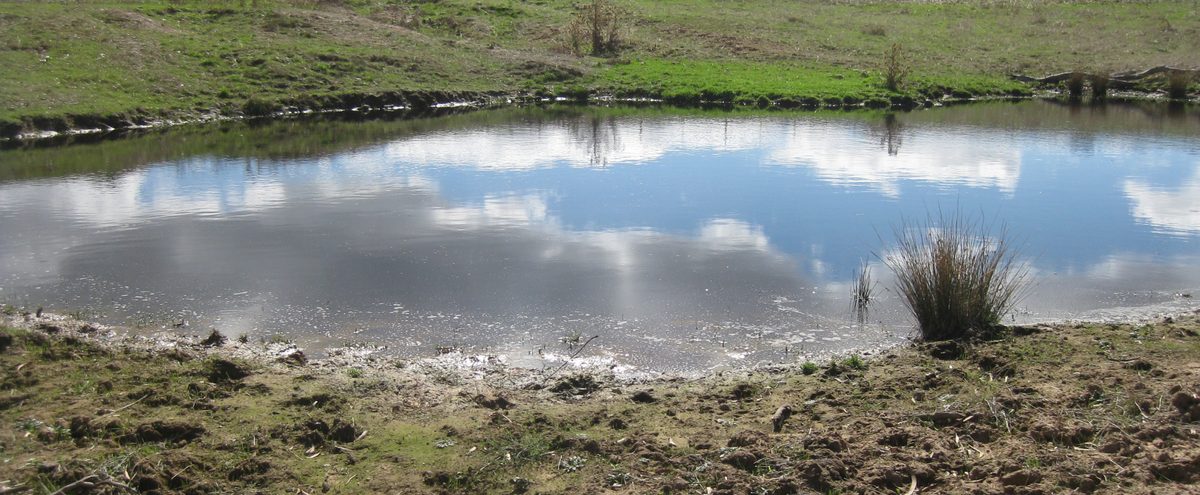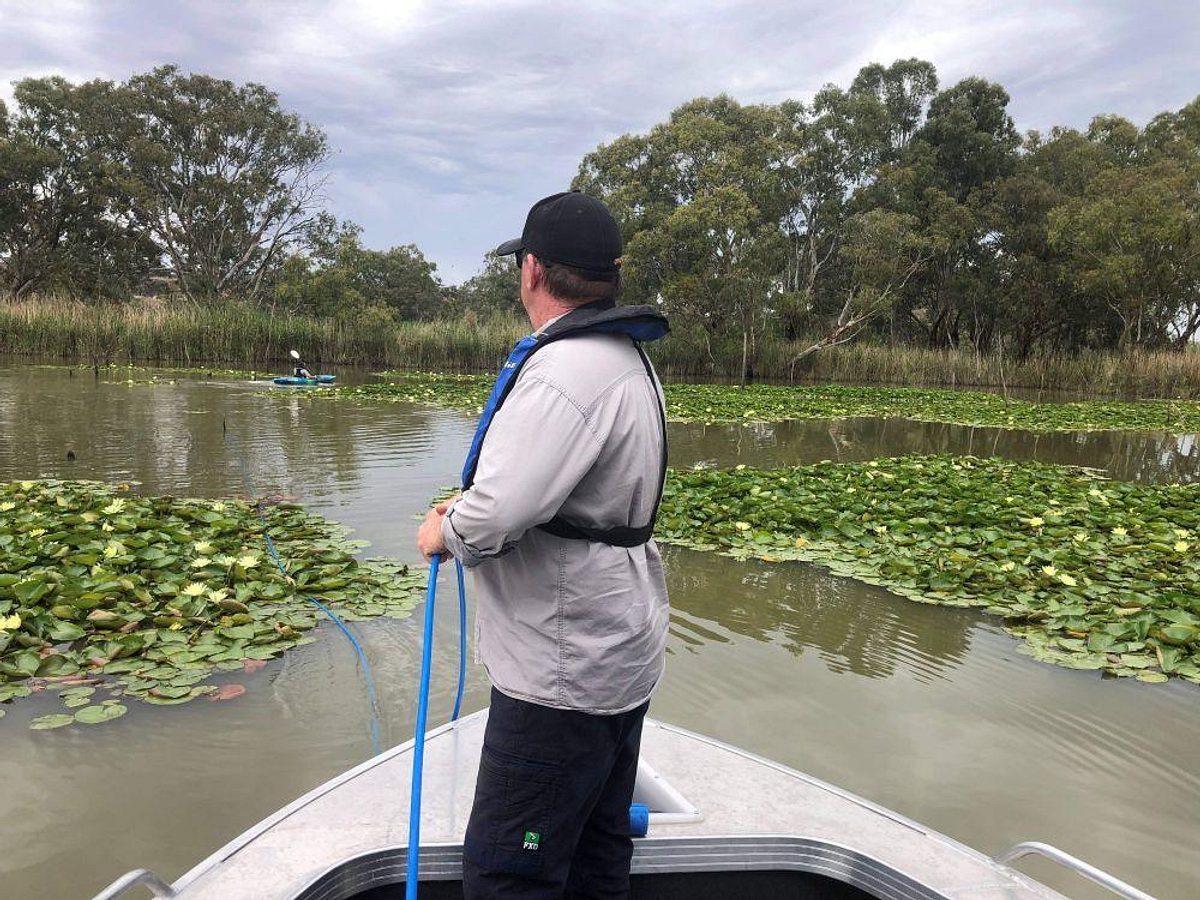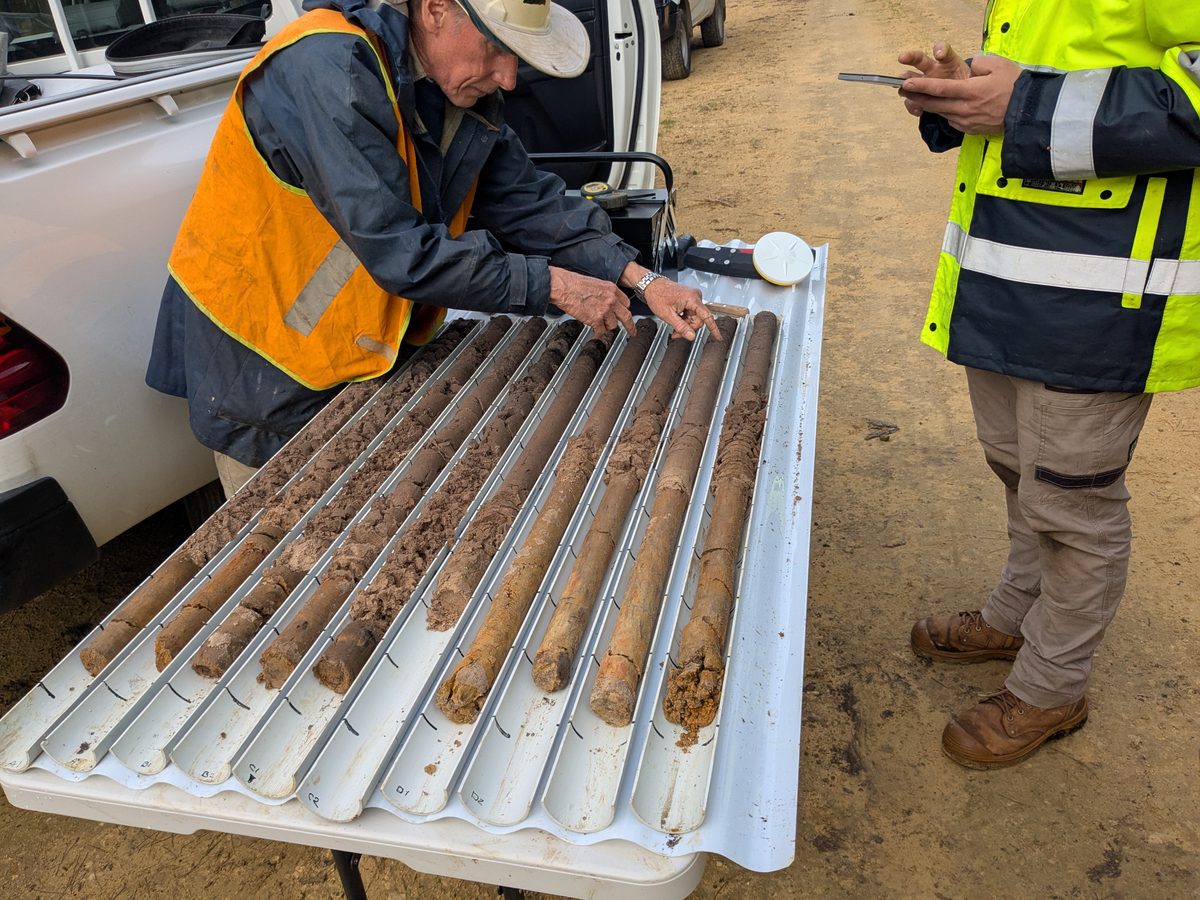Dams and Water Management: What Every Landholder Should Know

When it comes to managing water on your property, dams can be an essential part of the picture. But how much do you know about the rules and regulations around them?
Here’s a simple guide to help you navigate dam development in the Murraylands and Riverland region.
Why are dams regulated?
Dams are considered water affecting activities (WAAs) because they can impact the flow, quality, and availability of water for other users and the environment. By regulating dams, we can balance the needs of landholders, communities, and the environment.
Do I need a permit to build or modify a dam?
Yes, in most cases. Constructing a new dam, enlarging or modifying an existing one, or removing an old dam requires approval from the Murraylands and Riverland Landscape Board.

What about dam repairs or maintenance (aka desilting)?
Desilting that doesn’t change the size or location of the dam usually doesn’t require approval. However, it’s a good idea to check with the landscape board’s Water Planning and Assessment Officer before starting any work.
How can dams impact the environment?
Poorly planned dams can alter natural water flow, reduce water quality, and harm aquatic ecosystems. They can also reduce the amount of water available downstream, affecting other users and the environment.

What should I consider before building a dam?
The following should be considered (but not limited to):
- Local soil conditions and salinity
- Impacts on downstream users
- Remnant vegetation
- Potential for erosion
- Protection of aquatic ecosystems
- Dam construction and design (an engineer will need to be engaged)
- Dam siting
- The need for low flow bypasses
- Protection of habitat for threatened species
Where can I get more information?
Visit the Murraylands and Riverland Landscape Board’s website for guidance on dam development and other water affecting activities. The team can provide advice and help you with your permit application.


